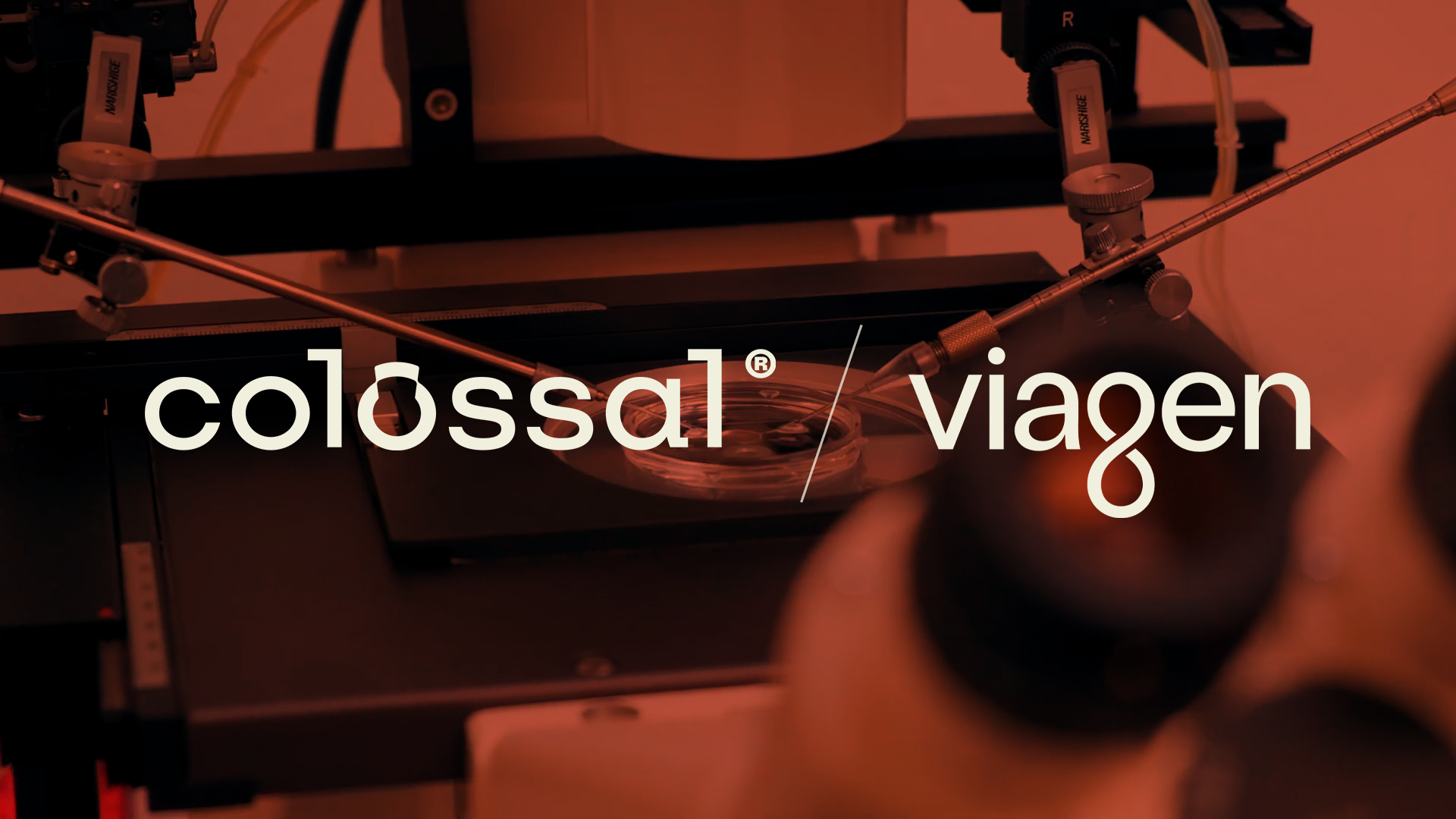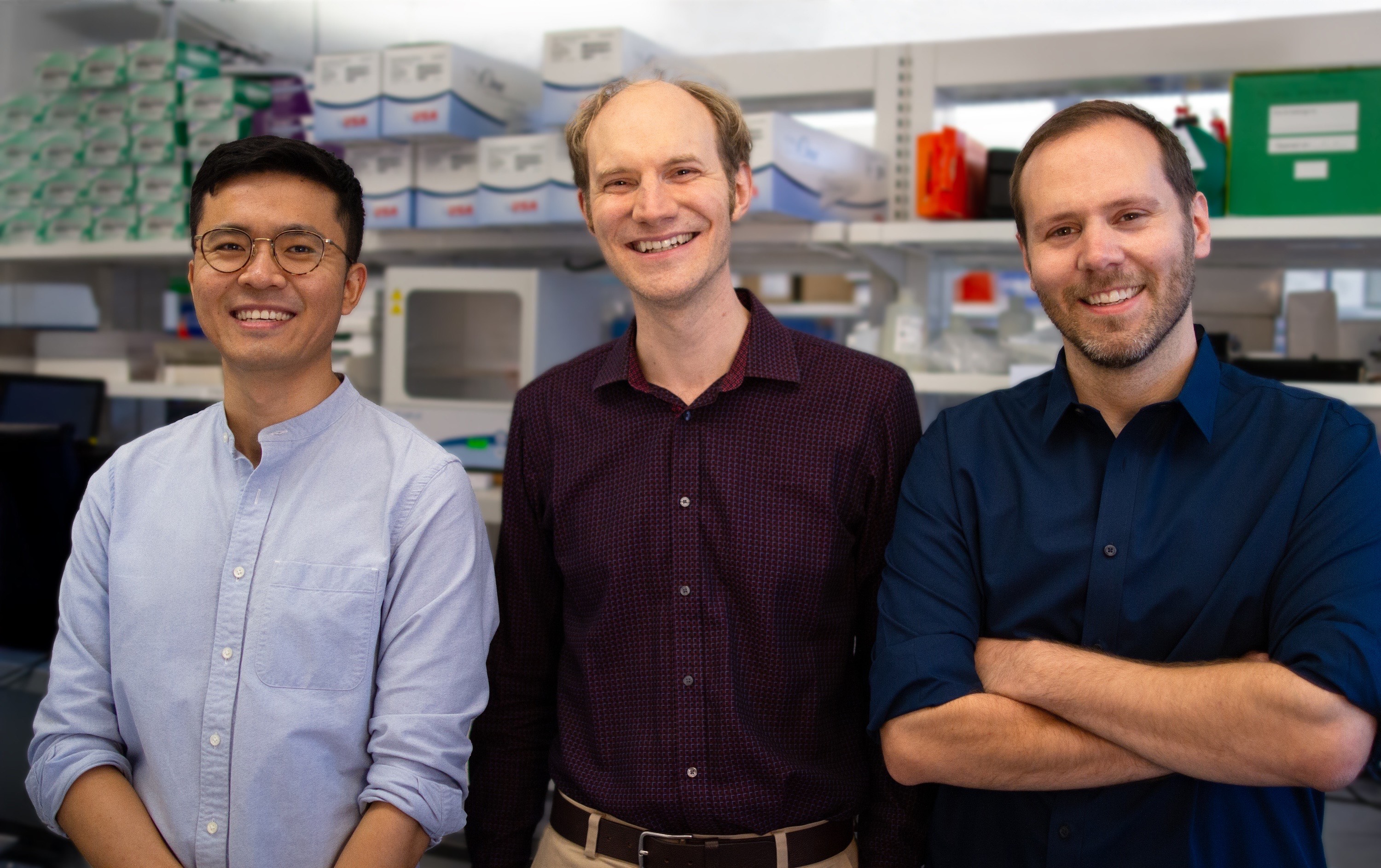
Scaling the green tech revolution: LanzaTech goes industrial size
Scaling the green tech revolution: LanzaTech goes industrial size
The climate change debate is, if you excuse the pun, heating up. Between the publication of the Intergovernmental Panel on Climate Change’s special report on global warming, Representative Ocasio-Cortez’s Green New Deal making headlines everywhere, and Bill Nye setting a globe on fire on John Oliver’s late night show, it seems we have finally reached the point where words are not enough.It’s too late to act. Fortunately, some companies have been working on this for years and are reaching new heights with emerging technologies. One of these companies is LanzaTech, a company that transforms waste gas into fuel – and later on, to a variety of chemicals. As their Synthetic Biology Team Leader, Michael Koepke explains it, they’re “kind of like a brewery, but instead of sugars we feed our bugs gases.”Their ambition and the scope of their work, though, dwarves most breweries - after all, if you want to solve a crisis as big as climate change, your solution needs to be just as potent. LanzaTech summarizes their end goal as “No carbon left behind”, and CEO Jennifer Holmgren is dead-set on transforming the masses into carbon-smart consumers.This is how LanzaTech is giving the environment a fighting chance through synthetic biology.
But First, Alcohol
LanzaTech’s current plants take gaseous waste streams and turn them into ethanol. This starting product was not chosen lightly. Says CEO Jennifer Holmgren, “it was about choosing the easiest path that leads to introducing this technology to market and getting to the point of commercialization.”Gas fermentation is not a well-known technology. Not only is an organism that can ferment gas required, but also a special bioreactor, and the process needs to be optimized as well -- everything adds up. There was a lot of work to be done by the LanzaTech team to get their system off the ground, and the last thing they needed was to also have to modify their organism for the first chemical it was going to produce.Their organism of choice? Clostridium autoethanogenum, which has proven an elegant and reliable chassis system for LanzaTech.“Luckily though, ethanol is one of the products that the bug makes naturally, and it happens to have a very large fuel market as well. Since the organism already knows how to make it, we could do some evolution work to optimize it,” says Holmgren.“The organism channels all the input gas into acetyl-CoA, which is kind of the building block for life,” says Koepke, “and from there you can go anywhere you like. We’ve shown feasibility for more than 100 molecules by now,” he says, which they achieved by starting with pathways native to the organism and then engineering in other interesting pathways from other organisms. “At this point, we can produce molecules that did not previously exist in nature at all, and we can use pathways that comprise 30 or more steps,” says Koepke.And, because they are using a waste stream as the input for all of it, they can produce low-cost, high-volume products -- and, eventually, complex, high-value chemicals. According to Koepke, at this point the molecules they choose to develop are driven by the customers’ needs.Achieving this level of flexibility and product variety did not come easily for the company, and their synthetic biology work in this area is what has enabled them to take a technological leap and develop these new capabilities.
From Strain Screening To Strain Design In 10 Years
The truth is, LanzaTech chose an organism that garnered no interest 30-40 years ago. “It was isolated and deposited in a strain collection and… well, that was it,” says Koepke. “There wasn’t any interest in it, or particular applications for it.”When LanzaTech started out, they focused on available feedstocks, which led to industrial waste gases. Studying reports and papers, the LanzaTech team realized that these strains of organisms could grow in those gases. e basically started screening a large range of organisms and then came up with one that performed really well so we could use it as a starting point and then optimize it,” says Koepke.The company was founded 15 years ago, and five years later there still were no tools available for their choice organism – they were actually considered genetically inaccessible. “To some extent we could take some of the work that had been done for E. coli and other model organisms, but we found out early on that most of it wasn’t really transferrable,” says Koepke “And also, since we were working in an anaerobic environment, we couldn’t really use GFP – things you would take for granted had to be reinvented. So we ended up developing the full genetic toolkit for the organism, and that took quite a while.”“I’d say that even 5 years ago we were happy if we could reliably introduce one construct,” he adds. LanzaTech has come a long way since then: today, they are able to introduce new constructs an automatic fashion, and they have established an anaerobic biofoundry.

Image source: LanzaTechOne of the ways LanzaTech has ensured their continuous development is by leveraging new technologies as they become available, using them to optimize their tools and processes. In particular, miniaturization has been key: tools like microfluidics and acoustic liquid handling has allowed them to miniaturize a lot of the processes, which, as Koepke points out, “is incredibly useful for anaerobic environments since they are hard to maintain and operate.”There’s also cell-free technology, which can be used as a way to prototype pathways outside of the cell, enabling the LanzaTech team to “zoom in on variants and pathway combinations that have higher chances of success”. Using tools like these along with modelling helps guide the process and reduces the design space. “We have a very sophisticated metabolic model where we integrated all our process models, so then you can assess the feasibility and economics of it based on the technical side of things, estimating yield and the like,” explains Koepke.
The Carbon-Smart Consumer
The technology is there, but the way the company has been able to turn it into a business is deeply rooted in their expectations of the near future and of their consumers, as well as current trends. Holmgren frames the situation this way: “If we agree that we have a carbon problem – and I think we all agree at this point – then the question becomes, what must we use carbon for?”Aviation fuel is not going to be carbon-free for a while, and products like carpet fibers, yoga pants, and rubber tires still rely largely on petrochemical processes.People will keep demanding carbon-based products and they will still have planes to catch. So how do we make a dent in this dilemma, while maintaining production of carbon products? For Holmgren, the key lies in the carbon-smart consumer.“When I say carbon-smart I don’t just mean consuming ‘our’ products,” Holmgren remarks. “To me, a carbon-smart consumer is someone who gets up in the morning and thinks about their carbon footprint for the day. That doesn’t just mean buying certain things, it’s also about what you do with your recyclables, whether you take public transportation, if you’re going to throw leftover food away …. I want them to be able to choose a product that was made from recycled carbon instead of fresh carbon. And that’s our technology.”But, she adds, to complete the cultural change toward increased carbon awareness, “we have to start introducing products and getting some big brands to use that language …. my goal for this year is to try to get some products on shelves made from recycled carbon before 2019 is out, and then if we do that right the word will start to get out.”
Our Responsibility to Make A Greener Future
“I think everybody has a responsibility in making a greener future,” Holmgren says, which is hard to make people understand when people don’t appreciate the urgency of the problem. And in Holmgren’s mind, the issue is not fossil carbon, but single-use carbon. Tackling single-use carbon, whether by recycling carbon or through other means, will be critical to “taking a bite out of this problem,” believes Holmgren.The situation is dire and the problem is gargantuan, but Holmgren’s optimism prevails. “We are, after all, infinitely more well-equipped to combat climate change than we were just a couple of years ago.There’s no reason we can’t use these technical leaps not only in our businesses’ best interest, but in our planet’s, too,” she says.“What we must do now is stop talking about this, and start doing.”Hear more about Biomanufacturing, Chemicals, and Materials -- and the companies leading the space -- at SynBioBeta 2019 October 1-3 in San Francisco. Register here.



.svg)









.jpg)

.gif)